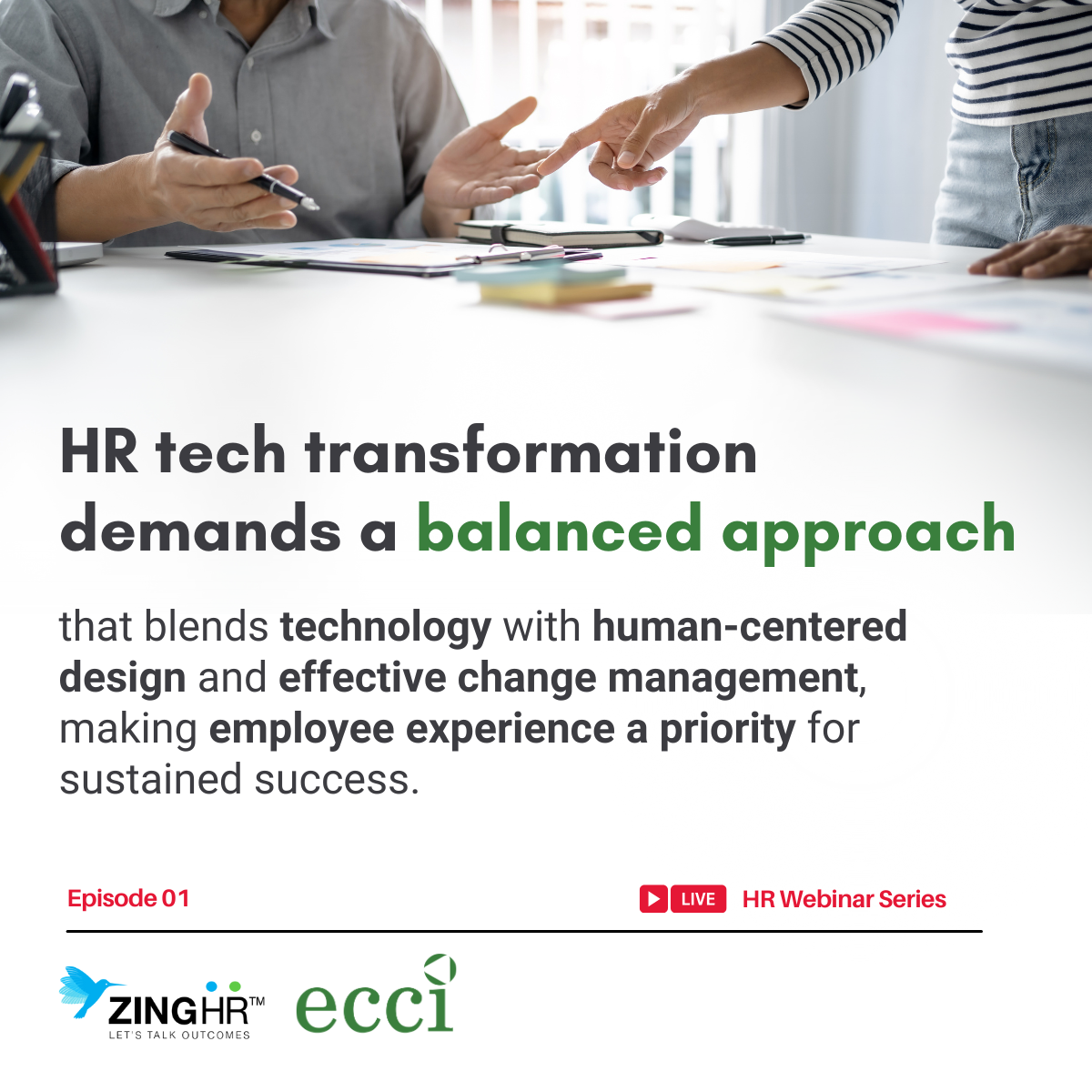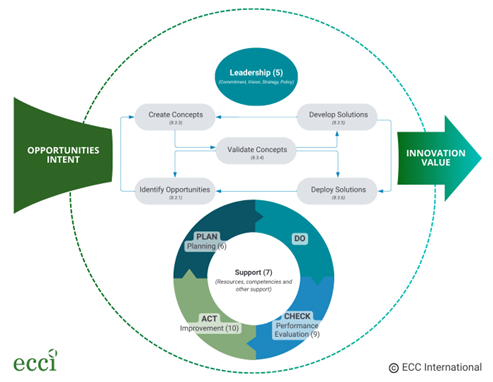In recent years, DevOps has been a significant trend in the IT world. With most companies making the shift to a more software-driven paradigm in their business strategies, expediting and automating the build-test-deliver cycle has become key. Over the years, we’ve seen big companies acing their DevOps transformations — Amazon, Netflix, Target, and Etsy, to name a few. Even NASA made use of DevOps to analyze data garnered from Mars Rover Curiosity.
But first, how did DevOps come to be?
It all started in 2007 when Patrick Debois, in his interest to learn more about the different facets of IT, worked as part of the testing team at a large data center. In that gig, he was confronted by the frustrations that go around the dynamics between the developers and operations team. Later, in 2008 in Toronto Canada, Debois met Andrew Shafer at the Agile Infrastructure conference. They then formed a discussion group where like-minded people in the industry would post their ideas as to how to reconcile the divide between development and operations. In 2009, Patrick Debois watched the video streaming of John Allspaw and Paul Hammond’s talk called “10+ Deploys a Day: Dev and Ops Cooperation at Flickr.” Shortly after, developers and system administrators came together in an event they called “DevOpsDays.” Since then, DevOps has attracted the attention of experts and garnered a grassroots following. Finally, in 2011, the trajectory of DevOps for the next few years has been predicted by Gartner. This positive outlook made way for companies of all sizes to adopt DevOps practices.
Now, this tidbit of history may seem trivial to some. However, it is important to know that the foundation of DevOps lies in collaboration — and its success lies in a culture that supports it. It is also an important consideration when thinking whether DevOps fits in your IT strategy, among other considerations to take.
Here are three things to consider when adopting DevOps into your IT strategy.
Does your company culture allow for change and transformation?
DevOps is more than just technology and automation. It is a paradigm shift that entails changes, mistakes, and everything in between. You have to assess if your company culture — including your stakeholders and executives — can support everything the transformation entails.
When startups turn into more established companies, there is a tendency to resist change — especially when the existing workflow, processes, and habits are all working for executives and employees.
DevOps entails experimentation and constantly breaking down silos — and a lot of learning from mistakes. It is then imperative to consider whether your company embraces change and everything it entails, or one that fears mistakes.
Does your infrastructure have the flexibility for DevOps?
Considerations such as Continuous Integration tool sets can be a good starting point to initiate DevOps. To start, review the current and future architecture and invest in DevOps and microservices architecture. Your infrastructure must allow for easy integration and access to the most recent technologies. In short, your baseline must be capable of supporting DevOps processes that will enhance the management of your application lifecycle.
Another important thing to consider is automation. Adopting DevOps means committing to collaboration and constant innovation — and this can only be possible if your infrastructure can automate repetitive and tedious tasks, and respond to demands. Would your company be happy and ready to automate these tasks?
For DevOps to work, there must be visibility, which will allow teams to coordinate and work on issues before they turn into bigger problems. Your infrastructure must make way for Continuous Integration (CI), which is one of DevOps best practices. With CI, codes are stored in a shared repository frequently, allowing developers to detect and locate errors more easily. So, the question to ask is: are you ready to break down barriers to allow for more transparency in your processes?
How do you leverage DevOps to your products?
An equally important question to ask is whether you need DevOps to scale your products — and your business as a whole.
It is a no-brainer that speed can get you far in the competition, considering how saturated the IT industry had been in recent years. DevOps, for more than a decade now, has been the go-to strategy for many companies in accelerating their product development lifecycle. If you believe that you can benefit from the following, then DevOps definitely fits right into your IT strategy.
- Small and more frequent releases. DevOps’s test automation eliminates the time-consuming process of testing by the operations team. Developers are able to get feedback quickly and the automated integration applies the changes on the code automatically, as well. This allows companies to release updates on their products more frequently and promptly.
- Reduced cost and increased efficiency. With automated testing and continuous integration taking care of the tedious and time-consuming work, teams are able to focus their time and efforts on more value-creating and strategic work.
- Increased marketability. When your process is efficient and there’s less room for errors and back-and-forth, the quality of your code increases and fixes are applied faster — making your products more marketable.
Final Thoughts
Over the years, DevOps has proven itself to be an important driver of efficiency and marketability for many companies — including big names in various industries. It also poses demands, which companies must be ready to meet. This is why it is important to assess how DevOps fits into your IT strategy and, ultimately, your company’s infrastructure, culture, and goals.









